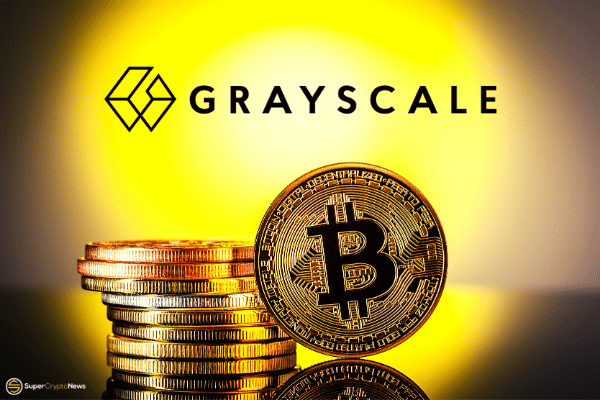
- Over the weekend, a swift selloff in both UST and Bitcoin saw the UST’s peg slip to its lowest level in almost a year, with observers speculating that the peg is being actively attacked by another cryptocurrency “whale.”
- Even in the best of times, algorithmic stablecoins are an exercise in financial engineering that’s not for the faint-hearted.
Algorithmic stablecoins are a technological attempt to do something that the economic stock of entire nations have struggled to achieve – maintain a fixed peg with another currency through a combination of variable assets and financial alchemy.
But that hasn’t stopped entrepreneurs from trying to spin digital copper into gold and the latest and most well-known of these attempts has been TerraUSD or UST, an algorithmic stablecoin that aims to maintain a 1-to-1 peg to the dollar.
Over the weekend, a swift selloff in both UST and Bitcoin saw the UST’s peg slip to its lowest level in almost a year, with observers speculating that the peg is being actively attacked by another cryptocurrency “whale.”
According to social media posts, a single user dumped US$285 million UST on decentralized finance platform Curve as well as cryptocurrency exchange Binance.
Attempts to destabilize fixed pegs are not new, George Soros rose to notoriety as he bet against Southeast Asian central banks during the 1997 Asian Financial Crisis, which saw the Thai baht slip its supported peg with the U.S. dollar.
UST’s backers had earlier beefed up their coffers with Bitcoin, in an attempt to shore up the value of the stablecoin, but that did little to help over the weekend as Luna, which is designed to help UST maintain its dollar peg slipped by 14% on Sunday, after falling over 12% on Saturday.
Even in the best of times, algorithmic stablecoins are an exercise in financial engineering that’s not for the faint-hearted.
Last year, the highly-publicized failure of TITAN, cast a spotlight on algorithmic stablecoins as Dallas Cowboys owner Mark Cuban admitted that he lost a substantial amount through his investment in the ultimately failed algorithmic stablecoin.
In the case of TITAN, its peg to the U.S. dollar was backed by $0.75 worth of USDC (another stablecoin that is backed by bank deposits) and $0.25 worth of IRON tokens, whose supply and demand is algorithmically managed based on demand.
As TITAN slipped its peg, arbitrageurs found that they could literally make risk-free money by swapping less than $1 worth of TITAN for $0.75 worth of USDC and $0.25 worth of IRON and sell the IRON, leading to a self-fulfilling feedback loop that sent the value of IRON literally to zero.
UST may be different, but the flawed economics behind the algorithmic stablecoin are similar and the Luna Foundation Guard, or LFG, had to buy Bitcoin as a sort of backstop to help underpin UST.
The only problem of course is that much of the Bitcoin acquired by LFG in April, is now worth substantially less given the slipping price of Bitcoin and a trader or traders may be using this as an opportunity to take down UST for profit, by attacking both the price of Bitcoin and UST’s peg.
And far from providing an opportunity for LFG to buy more Bitcoin, which it says it has plans to buy as much as US$10 billion worth to prop up UST, it may actually force LFG to sell Bitcoin to keep the UST peg, leading to a debilitating self-destructive feedback loop.



